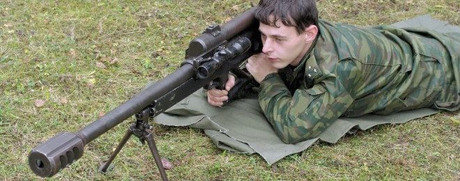Croatian RT-20 Anti-Materiel Rifle
Posted by VizardsGunsAndAmmo.com on 15th Dec 2018
In this article, we’ll take a look at the Croatian RT-20 anti-materiel rifle. This 20mm rifle has a rather unique design which allows it to mitigate the recoil of the powerful 20x110mm Hispano-Suiza cartridge that it is chambered in. Let’s see how it works and what design advantages or disadvantages it has

The RT-20 anti-materiel rifle is designed in the mid-’90s by a gentleman named Ratko Yankovic. The model designation RT stands for “Rucni Top” which means “hand cannon”, and 20 designates the caliber in millimeters. Interestingly, this weapon was designed to do a specific job – penetrate the IR sight armor of Serbian M-84 main battle tank. The 20x110mm Hispano-Suiza cartridge is sufficiently powerful to accomplish that task for relatively extended ranges. Another reason for choosing the cartridge must have been the availability of the ammunition because the 20x110mm is the cartridge of the Yugoslavian Zastava M55 anti-aircraft autocannon. Considering the availability of different projectiles (API, HEI etc.) for this cartridge and its power, the rifle should not only be good for the primary task that it was designed for but also for a variety other anti-material rifle applications such as destroying machine gun nests, sniper positions, engaging unarmored or lightly armored vehicles etc.
Follow the The Firearm Blog Defense Channel
The RT-20 is a bullpup bolt-action single shot rifle. The lockup of the action is accomplished via a rotating bolt which has 9 locking lugs (three rows of three lugs). Bolt body also has three gas escape holes to vent the gasses away from the action in case of an accidental leakage. The spring loaded plunger ejector is built into the bolt face. The barreled action is attached to the stock via two screws.
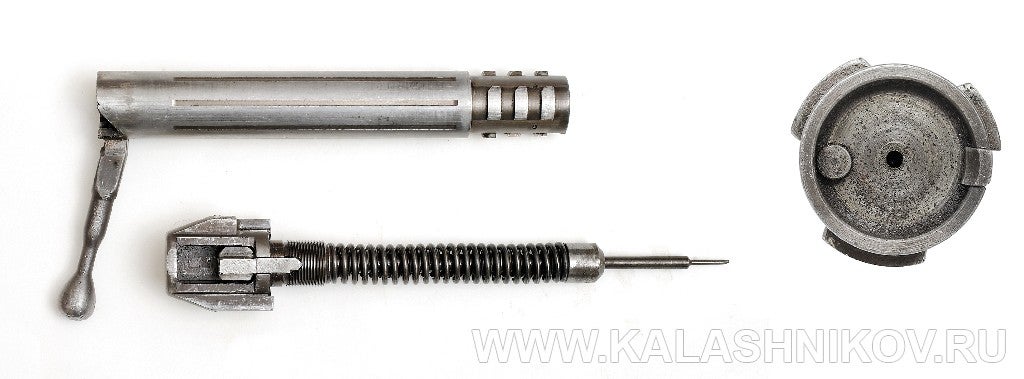
RT-20 is quite a compact weapon for the given caliber and barrel length. The overall length of the rifle is 1330 mm (52″) at a barrel length of 920 mm (about 36″). The overall length is basically equal to the length of the barreled action. Note also that the buttstock is located ahead of the action. When shouldered, the rear portion of the rifle extends back over the shoulder of the operator. I wonder if we have a special term for such a super bullpup layout that not only has the trigger/grip in front of the feeding mechanism but also the buttstock ahead of the action? In the case of RT-20, such layout not only better distributes the length of the rifle by decreasing the length of the gun in front of the shooter, but it is also a crucial design feature making it possible to deploy a special recoil mitigation mechanism.
Due to the high power of the cartridge, the huge muzzle brake and the large rubber buttpad are not sufficient measures of mitigating the recoil to a level that would make the gun shootable. That’s why the designers developed a reactive recoil mitigation system that consists of a tube attached to the barrel and a set of holes drilled in the barrel. When the round is fired, some of the gasses are vented into the tube and redirected backward out of the tube thus making it work like a rocket engine that pushes the rifle forward opposing the direction of the recoil. That’s why the “nozzle” of the “rocket engine” must be behind the shooter.
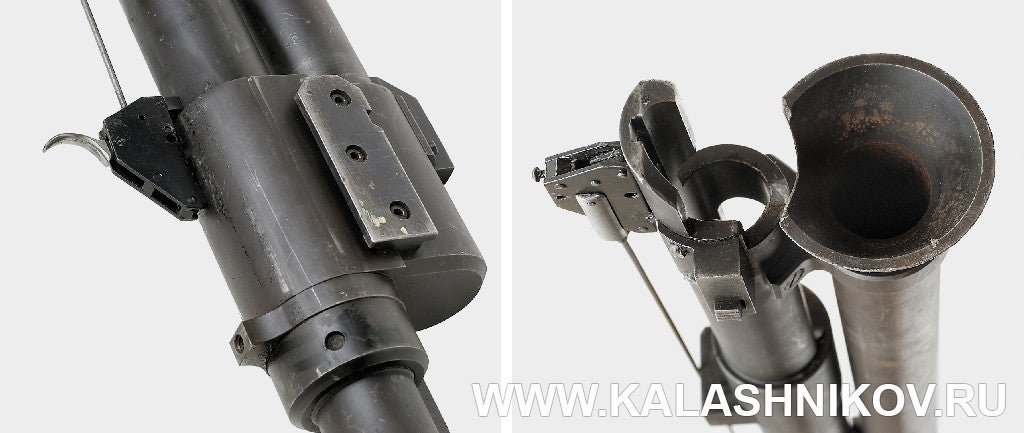
The downside of such a mechanism is that there will be a backblast area behind the shooter which would be dangerous for other members of the unit. The backblast also makes it hard or impossible to shoot the gun from confined spaces and may compromise the position of the shooter in the field. The location of the bolt and receiver will also make it very slow to reload the rifle and it will probably be good to have an assistant who will load it for you. So the backblast and the slow reloading are the tradeoffs for having a relatively lightweight (37 to 42 lbs with the scope and bipod – varies from source to source) and compact rifle for shooting the 20x110mm cartridge. As with any weapon and equipment piece, you have to know its drawbacks and advantages and use it properly.
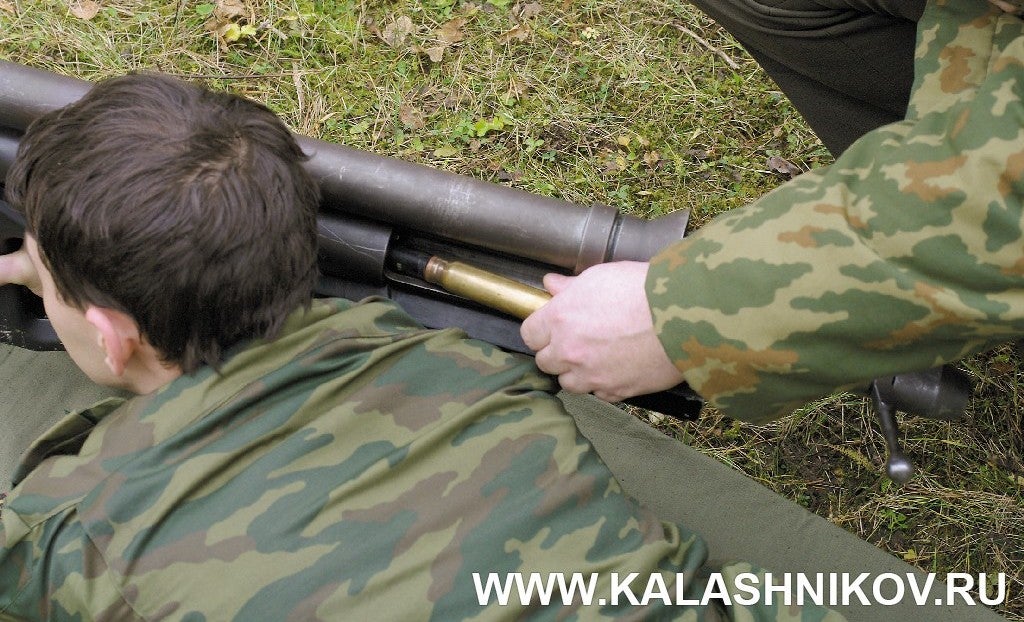
Because the recoil mitigation tube is mounted right on top of the barrel, the scope mount is located on the left side of the rifle. I think that should not be a terrible scope location … unless you are left-handed. The RT-20 rifles are equipped with Kahles scopes.
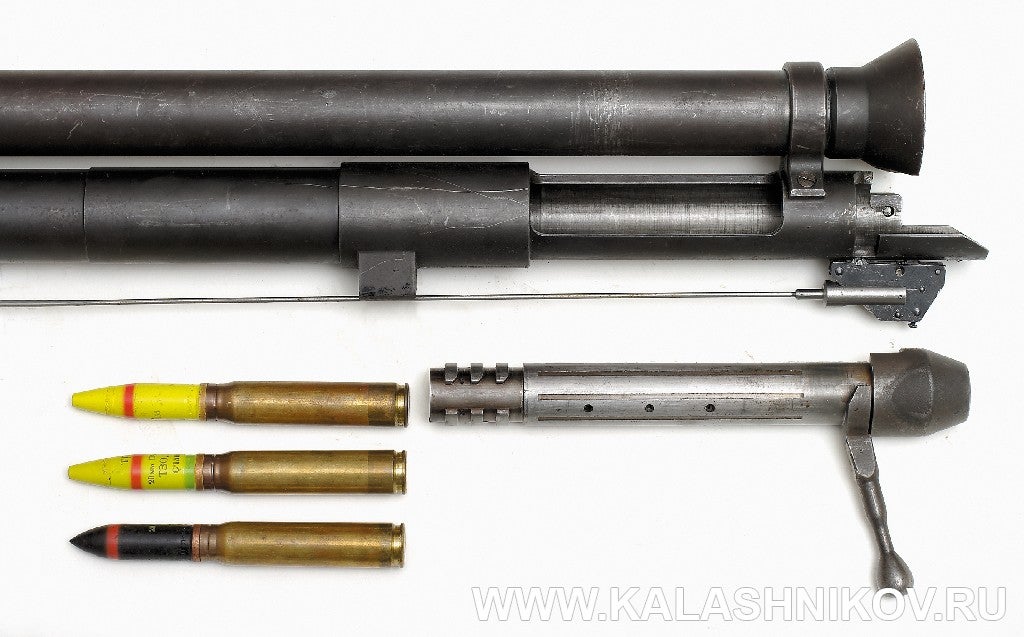
The projectiles available for the 20x110mm cartridge include an HEI (M57 TZ), HEIT (M57 TZO), API (M60 PZ and M60 PZG (f) ) and APIT (M60 PZ). The muzzle velocities of all projectiles are about the same – 850 m/s (roughly 2,800 fps). The HEI projectiles also have a time fuze (along with the impact actuated one) which will detonate the round in 4.5-9.5 seconds after the projectile has left the barrel (if it doesn’t hit anything). The M60 PZ(f) is a projectile developed in France. It is capable of penetrating 20-25 millimeters (3/4″ – 1″) of rolled homogeneous armor at a distance of 200 meters when impacting at a 60-degree angle.
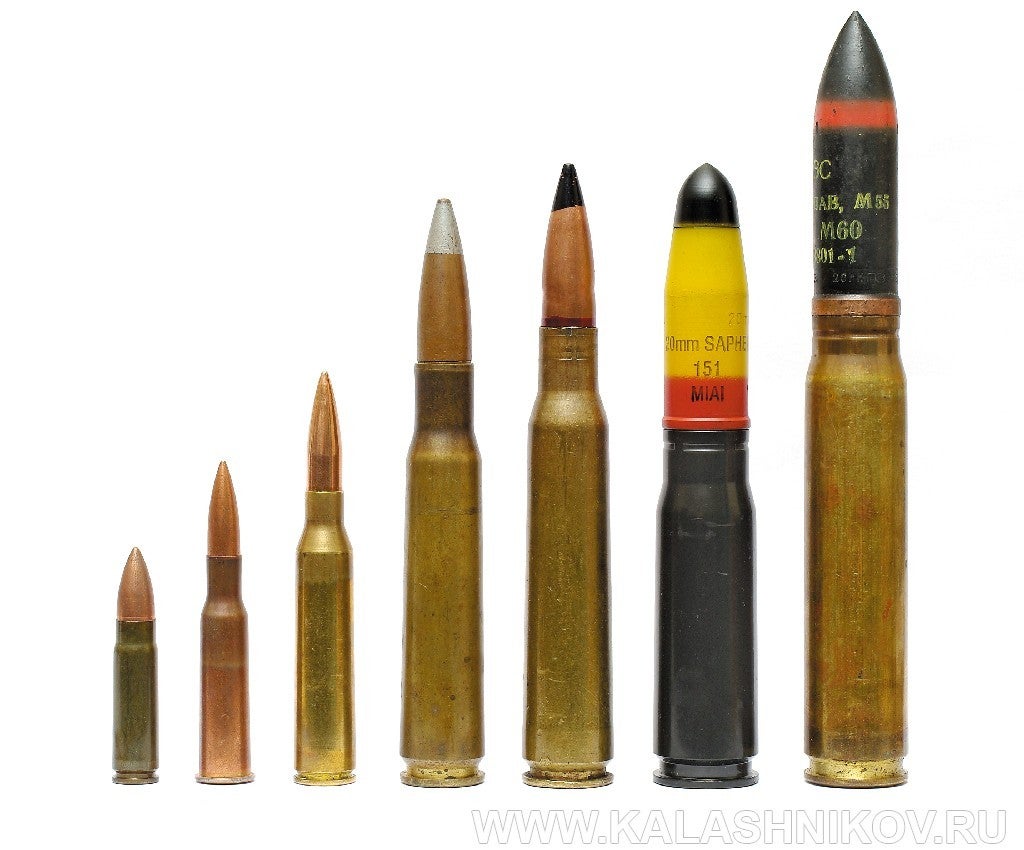
Left to right: 9x39mm, 7.62x54mmR, .338 Lapua Magnum, .50 BMG, 12.7x108mm, 20x81mm Mauser and 20x110mm
Different sources state different effective ranges for this rifle – from 800 to 2,000 meters. I think it largely depends on the target size and the distance to the target. If you are trying to hit the tank IR sight then your range will probably be limited by the accuracy of the rifle. But if you are shooting an HEI projectile at a group of enemy personnel or aiming at an armored vehicle, then you should be able to do that at quite extended ranges.
If you know more about the RT-20 AMR or have experience with it, then let us know in the FACEBOOK comments section what do you think about this beast.
THEFIREARMBLOG.COM

